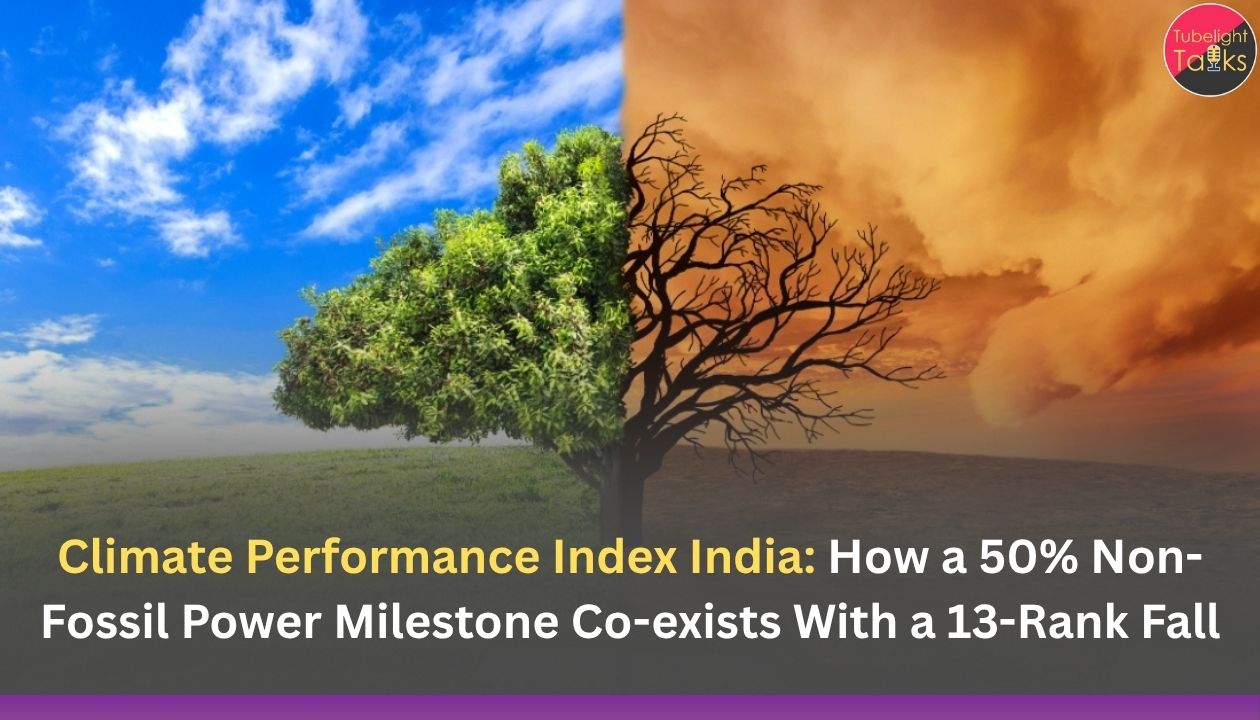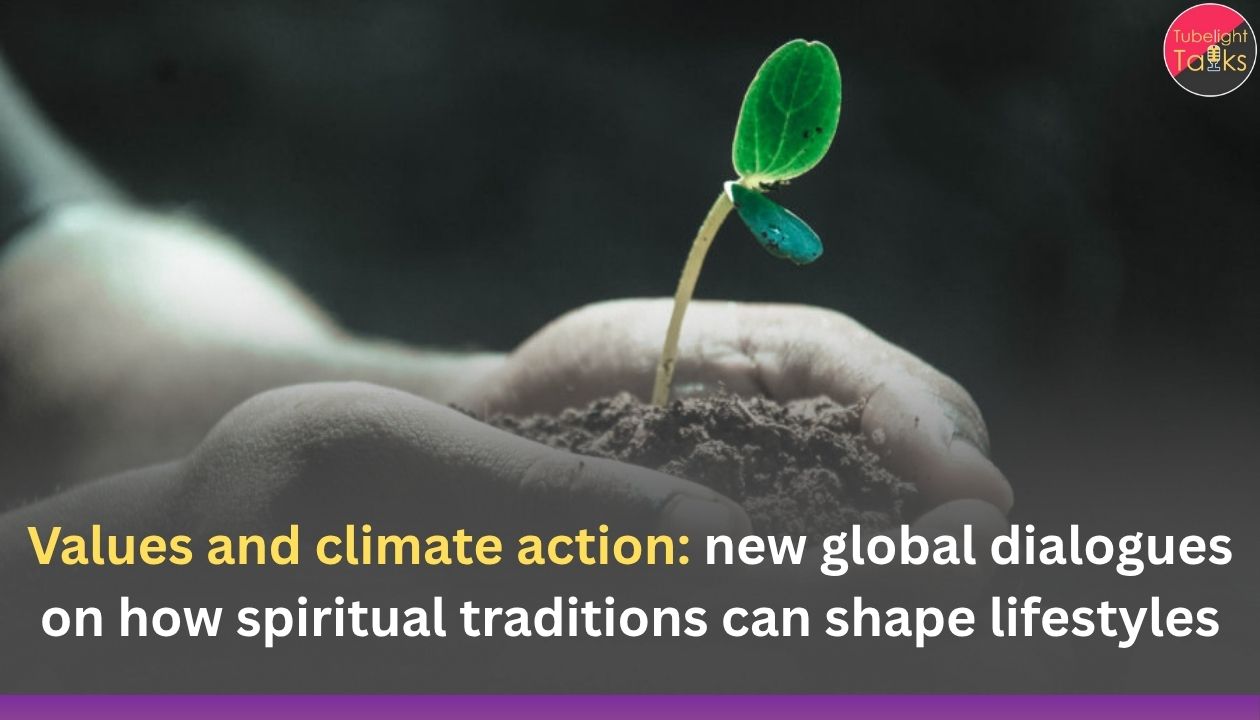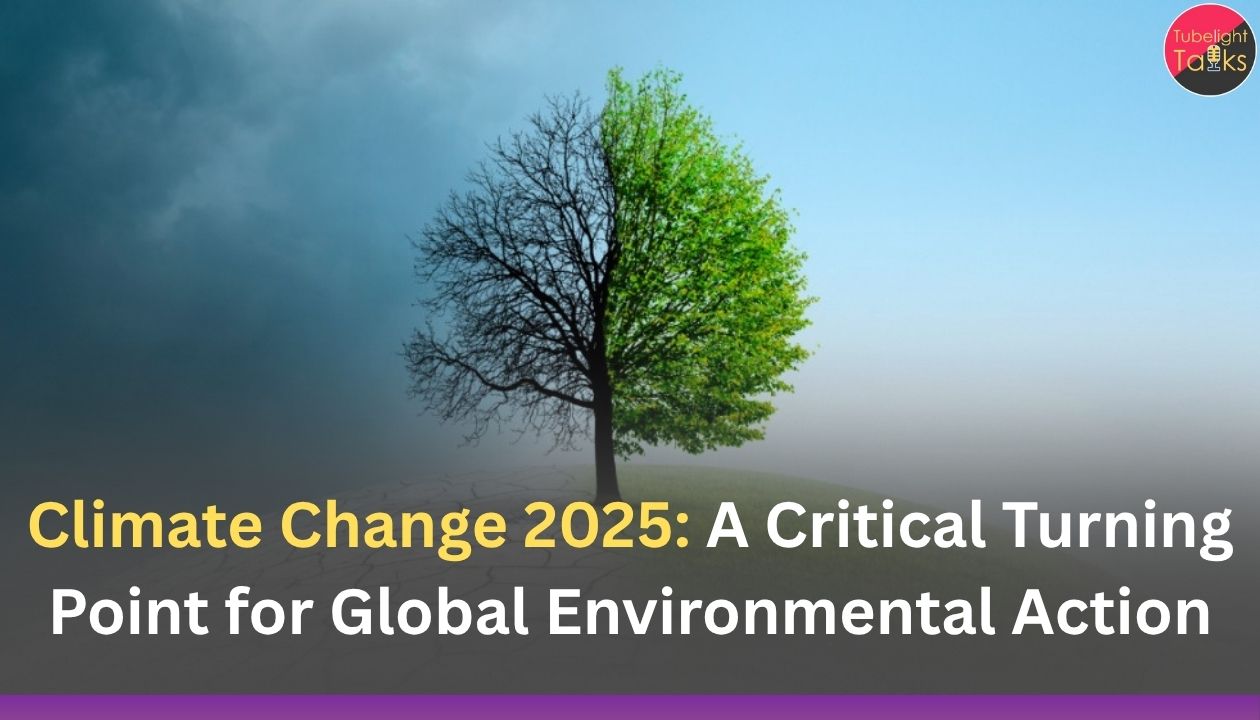Climate Performance Index India is at the center of global discussions as the country is being praised and questioned at the same time on climate. In mid-2025, the government announced that India had achieved 50% of its installed electricity capacity from non-fossil fuel sources—five years ahead of its 2030 Paris target, a milestone widely cited as proof of India’s clean-energy leadership.
Yet a new global assessment tells a more sobering story. In the latest Climate Change Performance Index (CCPI) 2026, released by think-tank Germanwatch and partners at COP30 in Belém, Brazil, India has slipped 13 places—from 10th to 23rd—moving from the group of “high” performers to “medium” performers.
The contrast raises a key question: How can a country that hit its non-fossil capacity target early still lose ground on climate performance?
What is the Climate Change Performance Index and what did it say about India?
The Climate Change Performance Index (CCPI) is an annual ranking that compares the climate-mitigation efforts of 63 countries plus the EU, covering over 90% of global greenhouse gas emissions. It scores countries across four pillars:
- GHG emissions
- Renewable energy
- Energy use
- Climate policy
Top three spots are traditionally left vacant if no country is deemed “very high” performing; this year Denmark leads the table (4th overall), followed by the UK, Morocco, Chile and others.
For India in CCPI 2026:
- Rank: 23rd (down from 10th in CCPI 2025)
- Overall rating: Medium
- Category scores:
- Medium in GHG Emissions
- Medium in Energy Use
- Medium in Climate Policy
- Low in Renewable Energy, especially on indicators linked to actual deployment and trajectories
- Medium in GHG Emissions
Media summaries note that this is India’s largest drop in recent years, breaking a six-year streak of remaining in the global top-10.
The 50% non-fossil milestone: impressive, but only part of the picture
In July 2025, the Ministry of New and Renewable Energy (MNRE) confirmed that India’s total installed capacity had reached about 484–485 GW, with just over 50% (around 242–243 GW) coming from non-fossil sources—solar, wind, hydro, nuclear and other renewables. This meant India met its Paris NDC goal of 50% non-fossil capacity by 2030 five years ahead of schedule.
Key facts from that achievement:
- Non-fossil capacity rose from about 30% in 2015 to 50% by mid-2025, driven mainly by solar and wind.
- The government framed this as proof that India is “leading the clean energy transition” while still expanding energy access and grid reliability.
However, as several analyses pointed out, installed capacity is not the same as electricity actually generated:
- In 2024, coal still supplied roughly three-quarters of India’s actual electricity generation, with renewables contributing a much smaller share of total units consumed despite fast growth.
- India is planning to add around 80 GW of new coal capacity by 2032 to meet rapidly rising demand, even as it targets 500 GW of non-fossil capacity by 2030.
The CCPI focuses on emissions trends, energy use and policy, not just capacity milestones. This helps explain why India can celebrate a capacity target while still losing ground in a holistic climate ranking.
Why did India slip 13 ranks? Key reasons flagged by analysts
While the full CCPI 2026 country chapter for India is technical, media and expert summaries point to several overlapping factors behind the 13-rank fall:
- Persistent coal dependence
- Coal remains the backbone of electricity generation and is set to expand in absolute terms.
- While coal’s share in capacity is falling, its share in actual generation and planned pipelines remains high, which drags down India’s GHG emissions and energy use scores.
- Coal remains the backbone of electricity generation and is set to expand in absolute terms.
- Slow improvement in renewable energy indicators used by CCPI
- CCPI assesses not only installed capacity but also renewable energy share in primary energy and electricity generation, current trajectories, and compatibility with 1.5°C pathways.
- India receives a “low” rating in renewable energy, suggesting that overall trajectories and implementation speed across the entire energy system (not only power capacity) are not yet aligned with the 1.5°C benchmark.
- CCPI assesses not only installed capacity but also renewable energy share in primary energy and electricity generation, current trajectories, and compatibility with 1.5°C pathways.
- Gaps between national ambition and policy implementation
- India has announced strong long-term goals—500 GW non-fossil capacity by 2030 and net-zero by 2070—but CCPI also evaluates short-term policies, subsidy structures, fossil-fuel lock-ins, and climate-policy consistency.
- Continued backing for new coal mines and plants, along with slow reforms in some sectors (transport, industry), weakens the climate policy score.
- India has announced strong long-term goals—500 GW non-fossil capacity by 2030 and net-zero by 2070—but CCPI also evaluates short-term policies, subsidy structures, fossil-fuel lock-ins, and climate-policy consistency.
- Rising absolute emissions with economic growth
- India’s per-capita emissions remain below Western levels, but absolute emissions are rising as the economy and energy demand grow at 5–6% annually. CCPI grades countries partly on whether their emissions are declining fast enough in absolute terms to be 1.5°C-compatible.
- India’s per-capita emissions remain below Western levels, but absolute emissions are rising as the economy and energy demand grow at 5–6% annually. CCPI grades countries partly on whether their emissions are declining fast enough in absolute terms to be 1.5°C-compatible.
- Other countries moving faster
- Rankings are relative. Even if India is improving, others may be improving faster—by cutting coal more aggressively, scaling renewables with storage, or tightening climate laws—pushing India down the table.
- Rankings are relative. Even if India is improving, others may be improving faster—by cutting coal more aggressively, scaling renewables with storage, or tightening climate laws—pushing India down the table.
In short, India’s early non-fossil capacity milestone is real progress, but CCPI penalises the ongoing expansion and use of coal, the slower pace of system-wide transformation, and policy signals that are still mixed.
Reconciling the paradox: success story or warning sign?
The apparent contradiction—“50% non-fossil capacity” vs “13-rank fall”—can be understood as two different lenses on the same energy system:
- Infrastructure lens (India’s narrative): Focus on what has been built—massive solar parks, wind corridors, 50% non-fossil installed capacity, domestic manufacturing, rural electrification. From this angle, India looks like a frontrunner among emerging economies.
- Climate-safety lens (CCPI’s narrative): Focus on actual emissions, energy mix in practice, demand trends, and near-term policy choices. From here, ongoing coal build-out and rising emissions make India look more like a “medium” performer on a 1.5°C pathway.
The policy takeaway many experts draw is not that India’s climate efforts are failing, but that the pace and quality of transition must shift from “capacity addition” to “emission reduction”:
- More storage, flexible grids and gas/peaking solutions to actually use the renewable capacity that has been built.
- Faster coal retirement and avoidance of new long-life coal assets, so capacity milestones translate into lower emissions.
- Stronger, more coherent climate policy signals—carbon pricing or shadow-pricing in planning, rationalised fossil subsidies, and tighter efficiency norms.
Targets, truth and responsibility
From a Satgyan-inspired perspective, this story is not only about rankings; it is about honesty with ourselves. Hitting a 50% non-fossil capacity target ahead of time is a genuine achievement and should be acknowledged. But Satgyan would gently ask:
- Is the planet affected by what we install on paper, or by what we actually burn and emit?
- If coal smoke continues to rise, can we congratulate ourselves only on solar capacity?
Teachings of Sant Rampal Ji Maharaj often stress that partial truth can be more dangerous than open failure—because it can make us complacent when deeper correction is still needed. Applied here, the message is simple:
- Celebrate progress, but do not hide behind it.
- Take responsibility not just for capacity targets, but for real-world emissions, air quality and the health of the poorest who suffer most from pollution.
In that sense, India’s CCPI slip can be read not as an insult, but as a mirror, urging a shift from success-narratives to outcome-narratives—from “what we promised and built” to “what we are actually doing to the air, the climate and future generations.”
Also Read: Amazon Rainforest Warning: When a Carbon Sink Starts to Leak
FAQs: Climate Performance Index India
1. What exactly happened to India’s climate ranking?
India fell 13 places in the Climate Change Performance Index 2026, from 10th to 23rd, moving from “high” to “medium” performance.
2. Who publishes the CCPI and what does it measure?
CCPI is published by Germanwatch, NewClimate Institute and Climate Action Network International, ranking 63 countries and the EU on GHG emissions, renewable energy, energy use and climate policy.
3. Didn’t India just achieve 50% non-fossil power capacity?
Yes. By mid-2025, India reached about 50% of installed capacity from non-fossil sources, meeting its 2030 Paris target five years early.
4. So why did the ranking still fall?
Because CCPI looks at actual emissions, energy use and policy trajectories, not just capacity. Continued coal dependence, planned coal expansion and only “low” ratings on renewable energy trajectories and mixed climate policy signals pulled India down.
5. What does India need to do to climb back up?
Analysts suggest:
Accelerating coal phase-down,
Converting renewable capacity into real generation with storage and grid upgrades,
Tightening climate policies so near-term actions match long-term targets.










